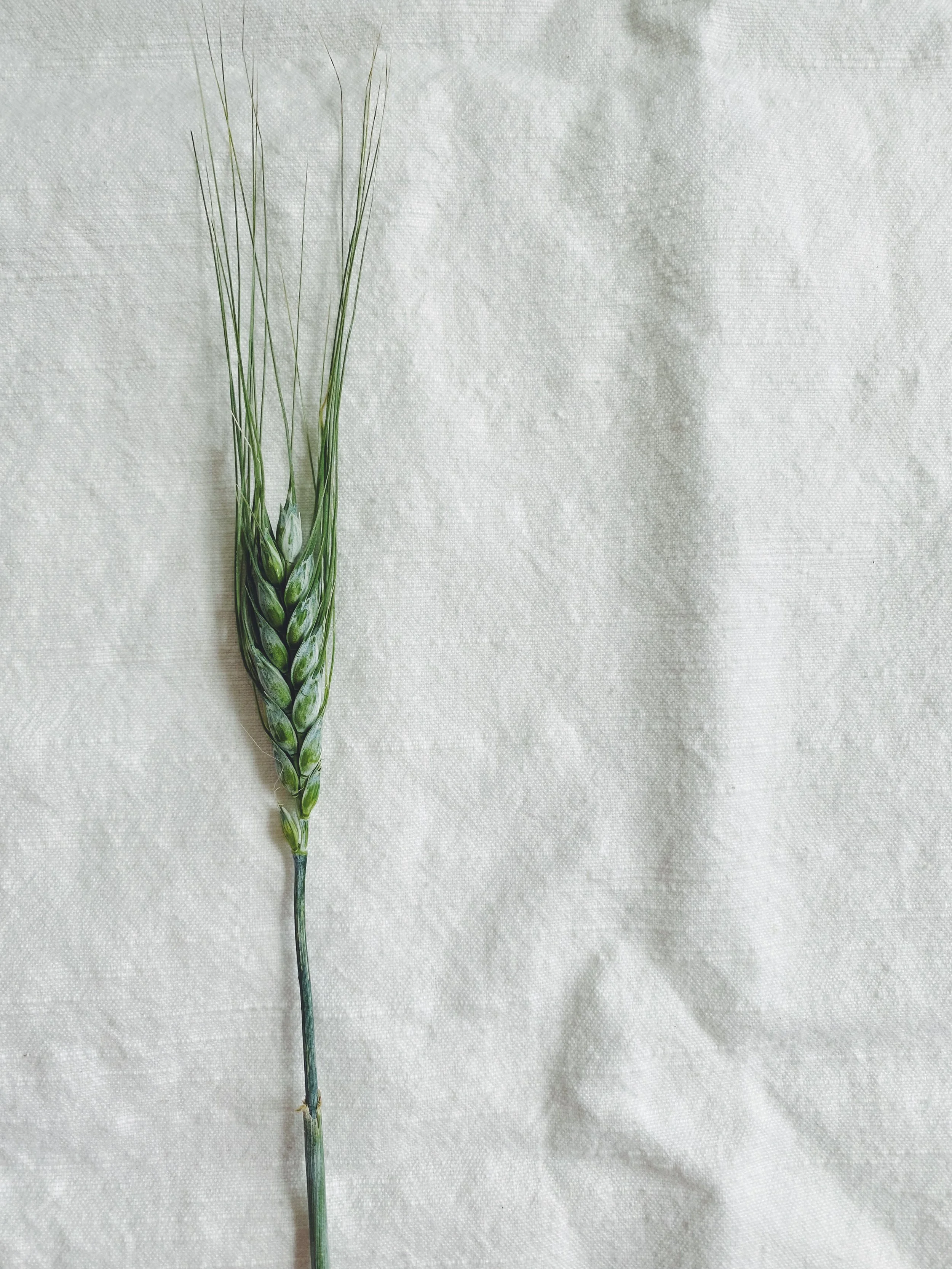Menstrual Cycle Myths
There are a lot of myths and misconceptions about the menstrual cycle.
On the less serious end of the spectrum, these contribute to people not having accurate understanding of what is happening throughout the cycle. On the severe end, they contribute to the shame, negativity, and the “my body is defective” belief that people can internalize about themselves when comparing their own cycles with these mythological standards of “normal”. Let’s clarify shall we?
Myth 1- Everyone has a 28 day cycle. The 28 day cycle is used as an average. It’s an algorithm. It’s meant as a way to measure and give structure to something that is so unique and individual, something that varies even with in its natural expression. The length of your cycle depends on your constitution, your overall hormone health, your stress levels (related to hormone health), and if you’re on the more sensitive side, what’s going on in your life. What is considered healthy is a cycle anywhere from 21/23-35 days. Again this greatly depends on the individual.
A 21 day cycle would not be a sign of health for me, someone in their 30’s with a Pitta and Kapha constitution, but may be for someone else.
Myth 2- Each phase of the cycle is the same length in everyone. The length of each phase of the cycle- there are four- depends on the length of the whole cycle, as well as someone’s constitution and hormonal health. This can also change month to month, and will healthily fluctuate by a day or two depending on things like travel, emotions, and the moon to name a few. There are generalities in terms of length of phases that are based on what hormonal balance creates in the cycle. This includes markers such as a healthy period is somewhere from 3-6 days, and the Luteal phase is generally 12-14 days, which is the time needed to build a healthy uterine lining in case of fertilization of that egg during ovulation.
Myth 3- Everyone experiences the phases the same. There are general statements used when describing the qualities of the phases because in the most broad sense, we are all experiencing the same flow of hormones and nature through out the cycle. Such as hormone levels drop right before menstruation which in many people creates an inward, sensitive time. Or that during ovulation when hormones are peaking, may people feel expansive, sensual, and have more sex drive and arousal. And, everyone has a unique expression within those commonalities. The phases have physical, emotional, and energetic attributes which may show up differently for different people depending on their make up, their history, and their state of health.
Myth 4- You should and can always feel radiant and full of energy throughout your whole cycle. If you’re healthy and balanced and connected to it enough. Debunking this myth may be unpopular option, but I think spreading the above info is the same side of the stigmatizing coin. We are meant to ebb and flow, and sometimes this means feeling things that are not shiny and wonderful. Especially when we are talking about chemical and hormonal systems, we are not going to be in a state of bliss all the time. Sometimes this means feeling anything from really tired and emotional to needing to retreat and be with one’s self to recharge and reflect. Each phase of the cycle has a purpose, both physiologically & on multiple non-physical levels. Each one of them is not designed for us to feel radiant and expanded and receptive. Like nature, we need times of laying fallow and hibernating. Like the moon ,we have our dark phases where we retreat. It’s not sustainable to be outward facing all the time. And as many many people all over the planet don’t have this experience, both naturally and due to health and lifestyle factors, not only do I think it’s medically inaccurate, but it’s setting ourselves up emotionally to feel like we’re doing something wrong. Even when we are healthy and in good relationship to our cycles.
Each phase of the cycle has a purpose, both physiologically & on multiple non-physical levels.
Myth 5- Your period shouldn’t have any impact on your normal activity and life. We all learned this from tampon commercials in the 90’s and early 2000’s right? Girl using a tampon and wearing a bikini to go flirt with boys at the beach. Ooofff. The answer to this myth is similar to #4. It’s true that debilitating pain. migraines, or throwing up that disrupts your sleep, your life, your work, and your and ability to get out of bed is not indicative of a state of hormonal balance. That is not something anyone deserves or should have to live with. And, it is natural that you feel differently during the different phases of the monthly cycle. For many people, the time of bleeding is a time to rest, go more slowly, exercise less or more gently, and not be your most social outward self. Flirting on the beach in bikini is not top of the list, and advertising it as something young girls, women, or any menstruating person should try and achieve while on their period is not accurate.
The more realistic and educated we are about the menstrual cycle, the more we can be in right relationship with it.
Meaning we are respectful, honoring, kind, compassionate, and in reciprocity with it. We make a space for it, tale care of, are honest about the challenges and inconveniences it presents, which are real, and treat it and us like a friend. This in and of itself makes a huge difference and can clear up issues and symptoms on many levels.
Is there a way you can increase your kindness and compassion with yourself throughout your cycle? If your mind is changing in relation to reading some truth about these myths that’s a good sign. We all deserve accurate information.
